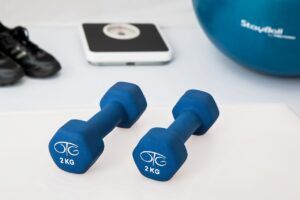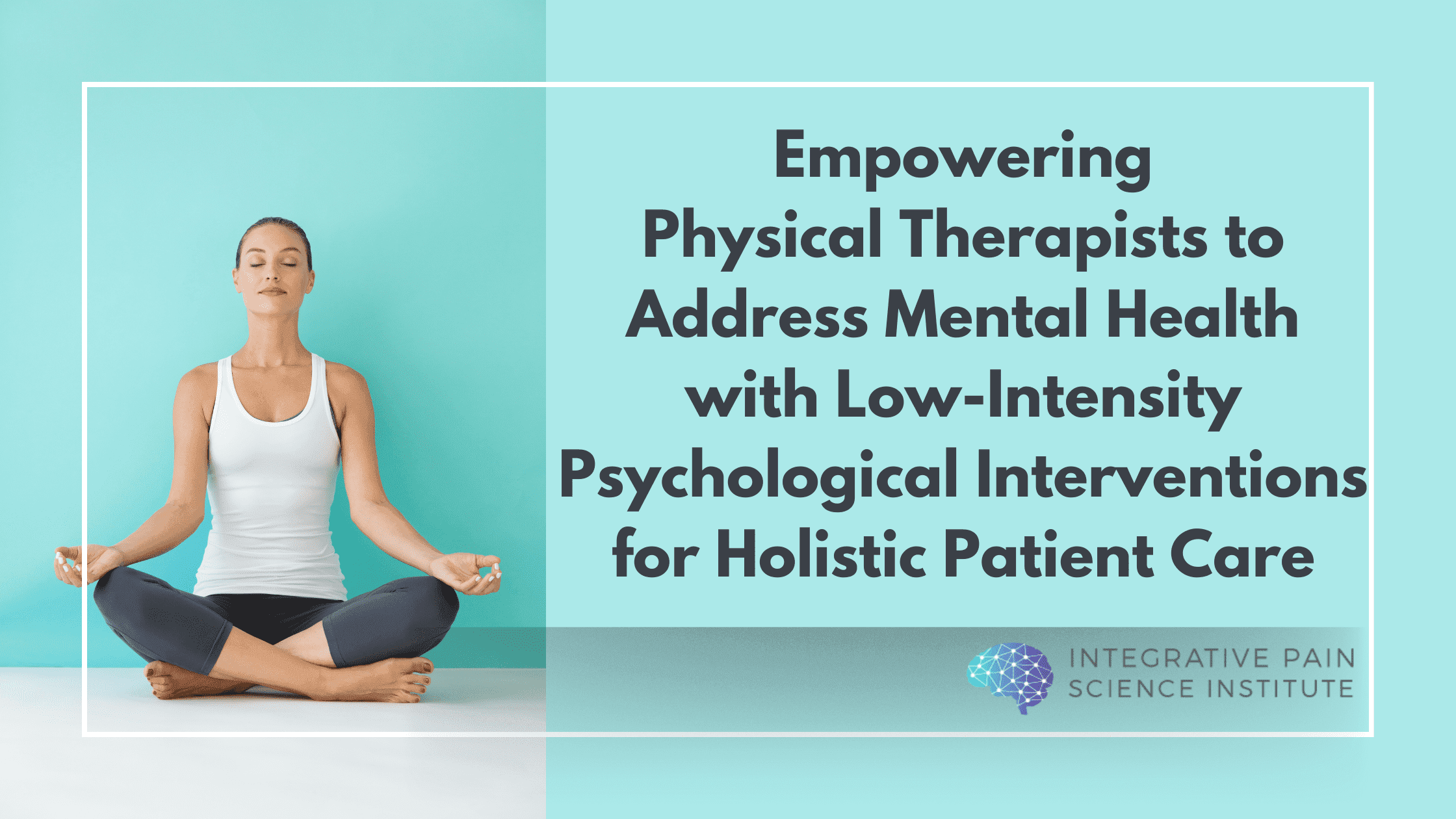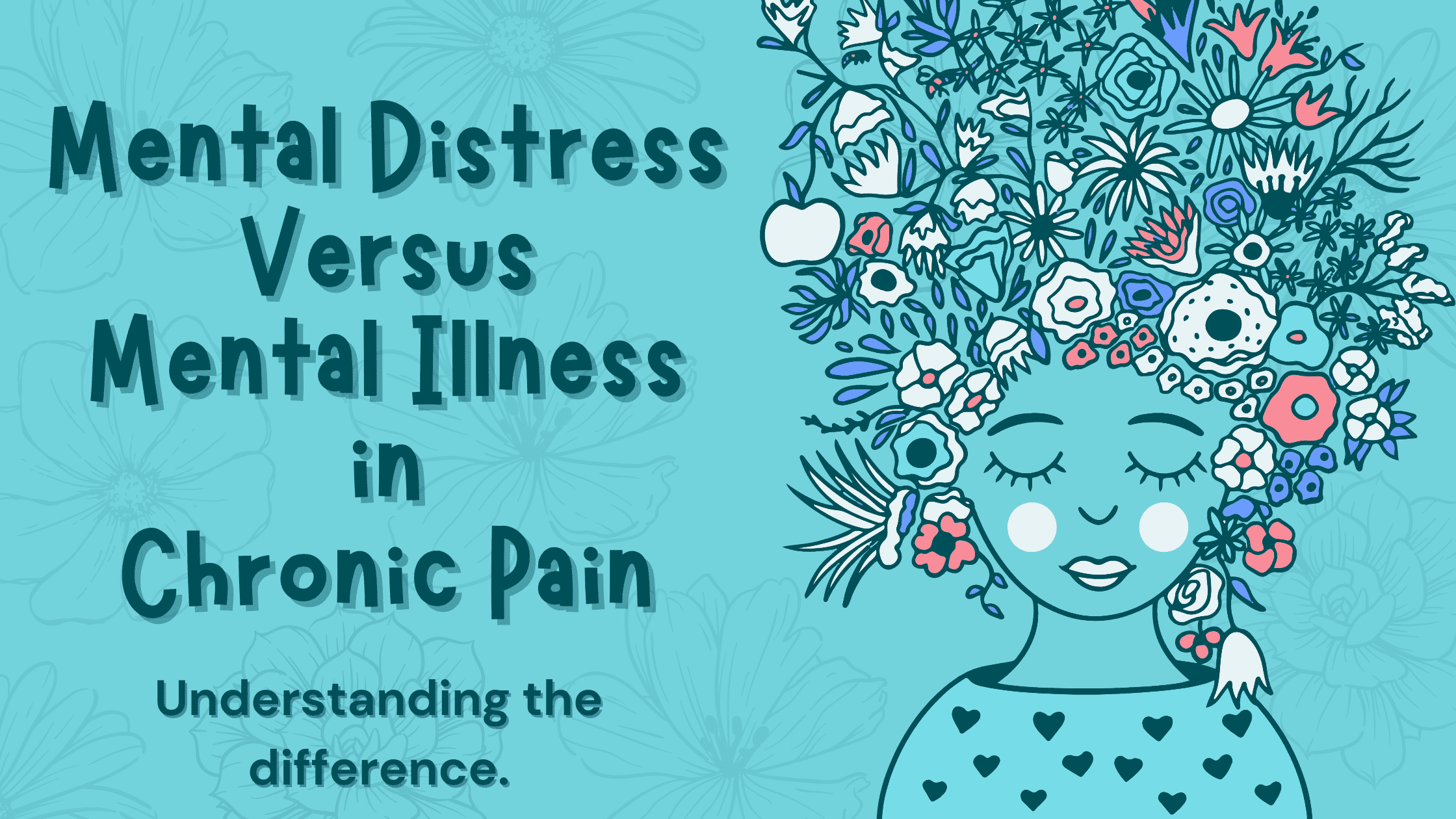There is no shortage of exercise experts and advice. Physical therapists, personal trainers, exercise physiologists, and even psychologists council on exercise and graded activity. Professionals who understand pain and general health fully comprehend the importance of exercise.
But if everybody understands the benefits of exercise, why is it that so few clients actually commit to a regular fitness routine?
“Adults should move more and sit less throughout the day. Some physical activity is better than none” reads the first key guideline of the updated Physical Activity Guidelines for Americans released just a month ago.

For optimal health, it is recommended that adults get 150-300 minutes of moderate-intensity exercise per week, or 75-150 minutes of vigorous aerobic activity per week, or a combination of moderate- and vigorous-intensity exercise.
The truth is, most people are not successful in following these guidelines.
The latest CDC statistics show that just 24% of adults in the U.S. engage in physical activity (PA) and only 26% of adolescents complete 1 hour or more of moderate-and/or vigorous-intensity physical activity daily.
The reason behind this? Likely, the perilous comfort of modern life.
For optimal health it is recommended that adults get 150-300 minutes of moderate-intensity exercise per week Click To TweetTaking Steps to Move Out of Your Comfort Zone
Physical activity calls for movement, and movement can sometimes mean getting a bit sweaty and uncomfortable. Compared to sitting on the couch, laying on a hammock, napping, or even watching other people exercise on tv (oddly, this could actually help), movement may sound like a chore.
Even activities associated with daily living, like household chores, and grocery shopping have been increasingly replaced by mental work, which can disrupt glucose homeostasis and make you eat more (1). Much of this sitting around, think TV and the Internet, can prevent the adoption of healthy behaviors in children and adults alike (2).
The discomfort of leaving behind those reliable comforts is a major reason most people don’t engage in physical activity.
But Don’t Relax Just Yet…
Unpleasant as it may seem, exercise is a fulfilling, sleep inducing, stress reducing, mind-opening, and cost-effective way to keep pain at bay, along with many associated chronic diseases. We are talking mainly of chronic, ‘lifestyle’ diseases such as diabetes, cancer, and cardiovascular and respiratory diseases, the main cause of premature mortality worldwide. Over 1.3 million lives could be saved each year if physical activity were increased by just 25% (3).
Listen to WHY PHYSICAL THERAPISTS MUST TAKE ON THE CHALLENGES OF NONCOMMUNICABLE DISEASE with expert guest Dr. Lisa Saladin, PT, PhD
Over 1.3 million lives could be saved each year if physical activity were increased by just 25% Click To TweetHow Can Physical Therapists Help People Engage in Exercise?
For many people, the challenge boils down to boosting self-confidence and building positive beliefs, perceptions, and attitudes towards exercise and movement. How can physical therapists tackle this challenge? Applying cognitive behavioral therapies can be a great ally in freeing oneself from the psychological barriers to exercise.
Check out my blog 7 COGNITIVE-BEHAVIORAL SKILLS EVERY PHYSICAL THERAPIST CAN USE
Can ACT Help Sedentary People be More Physically Active?
Acceptance and Commitment Therapy (ACT) is a mindfulness-based approach that helps a client open up to unpleasant sensations, defuse negative thinking, and commit to behavior change in the service of life-enhancing goals and values (4).

Studies show that ACT can help people lose weight, exercise, and cope better with chronic pain (5, 6). Greater levels of physical activity are also associated with greater levels of mindfulness, a core component of ACT (7, 8).
Would it then be possible to use ACT to help increase physical activity levels in sedentary adults, and improve their attitudes and feelings towards exercise?
This was the hypothesis that a group of Finnish researchers at the LIKES Research Centre for Physical Activity and Health, and at the Dept. of Psychology, Univ. of Jyväskylä in Finland, set out to test (9).
The study consisted of a randomized controlled trial in which physically inactive adults (aged 30 to 50 years; 83.3% females, most of them overweight or obese) were randomly allocated to one of two study groups:
Group 1= Feedback group (FB, n = 56)
Group 2= ACT-based group (ACT + FB, n = 54)
Feedback consisted of a written report mailed home after each measurement point (baseline and follow-ups) that summarized their daily PA (accelerometer data) and compared it with current PA recommendations. During the measurement periods (seven days), participants were also asked to keep a diary of their physical activities.
Participants in the ACT-based group received the same kind of feedback, but also completed a 9-week ACT intervention program (6 x 90 min group sessions). The program “aimed to enhance a physically active lifestyle and well-being through establishing important life values and building committed action based on the chosen important values.” It did not include psycho-educational elements, counseling on health or health benefits of PA, nor advice on specific physical exercise.
During the sessions, participants reflected upon and clarified a set of personal values, defined goals for change, and made concrete action plans to achieve them. These involved, as recommended, small and feasible changes (using the stairs, actively commuting to work), rather than demanding exercise routines. Participants in this group were also given a pedometer for self-monitoring of their daily PA during the intervention program. Measurements took place at baseline and then three and six months after the baseline and included:
#1 Physical Activity.
This was objectively measured by an accelerometer, carried by participants during all waking hours for seven consecutive days and calculated:
- Moderate-to-vigorous intensity physical activity (MVPA = time, min/day, 1952 ≥ cpm)
- Health-enhancing physical activity (HEPA time, min/day), defined as continuous MVPA lasting at least 10 minutes at a time.
#2 Self-reported physical activity
This was measured through questions evaluating how many days in the last week participants engaged in MVPA that lasted for at least 10 minutes each time and for a total of at least 30 minutes during one day.
#3 Intentions and beliefs for physical activity and exercise
These were measured using self-administered questionnaires that assessed:
- Adoption of self-efficacy concerning exercise (confidence in starting regular exercise)
- Self-efficacy related to barriers regarding exercise (confidence in overcoming obstacles to exercise)
- Action planning for exercise (ability to set up an exercise schedule)
- Coping planning for exercise (ability to set up a contingency exercise plan)
#4 Acceptance of psychological & physical discomfort related to activity
The Physical Activity Acceptance Questionnaire (PAAQ) was used to assess the extent to which participants were able to accept or tolerate physical or psychological discomfort that often is associated with moderate or vigorous exercise.
What were the main findings?
While both groups showed similar increases in PA levels (HEPA and self-reported PA) over time, the ACT intervention was superior in helping people adopt a positive attitude towards PA, while better tolerating the discomfort sometimes associated with PA or exercise.

Specifically, significant improvements were seen in the ACT-based group in:
- Self-efficacy related to the adoption of exercise
- Self-efficacy when facing the barriers of exercise
- Action planning and coping planning related to own exercise intentions
- Acceptance of psychological and physical discomfort related to PA
In contrast, the only improvement related to PA intentions and beliefs in the FB group was on coping planning, at the 3-month follow-up only.
Dr. Tatta’s simple and effective pain assessment tools. Quickly and easily assess pain so you can develop actionable solutions in less time.
Using Psychological Flexibility to Promote Physical Activity with ACT
Physical inactivity and sedentarism can take a toll on human health. To deter and ultimately reverse this trend, it is imperative that health behavior change be part of every patient encounter, and that it is held to just as high a standard as other clinical competencies in physical therapy. (10).
These changes do not need to be drastic: even small improvements in physical activity can be beneficial for health (11). A Finnish study demonstrated that ACT effectively empowered people to begin and stay engaged in PA by enforcing action planning and barrier management; two cognitive processes that critically impact the adoption and maintenance stages of PA, respectively (12). By reaffirming personally meaningful life goals and values, ACT helped people move past the sometimes unpleasant nature of exercise and helped them commit to improving their health.
Interested in learning more about ACT for pain, exposure and activity?
To learn more about ACT for Pain and training for practitioners, click here!
REFERENCES:
1- Panahi, S., & Tremblay, A. (2018). Sedentariness and Health: Is Sedentary Behavior More Than Just Physical Inactivity?. Frontiers in public health, 6.
2- Matusitz, J., & McCormick, J. (2012). Sedentarism: the effects of Internet use on human obesity in the United States. Social work in public health, 27(3), 250-269.
3- Lee, I. M., Shiroma, E. J., Lobelo, F., Puska, P., Blair, S. N., Katzmarzyk, P. T., & Lancet Physical Activity Series Working Group. (2012). Effect of physical inactivity on major non-communicable diseases worldwide: an analysis of burden of disease and life expectancy. The lancet, 380(9838), 219-229.
4- Hayes, S. C., Pistorello, J., & Levin, M. E. (2012). Acceptance and commitment therapy as a unified model of behavior change. The Counseling Psychologist, 40(7), 976-1002.
5- Tapper, K., Shaw, C., Ilsley, J., Hill, A. J., Bond, F. W., & Moore, L. (2009). Exploratory randomised controlled trial of a mindfulness-based weight loss intervention for women. Appetite, 52(2), 396-404.
6- Butryn, M. L., Forman, E., Hoffman, K., Shaw, J., & Juarascio, A. (2011). A pilot study of acceptance and commitment therapy for promotion of physical activity. Journal of Physical Activity and Health, 8(4), 516-522.
7- Kangasniemi, A., Lappalainen, R., Kankaanpää, A., & Tammelin, T. (2014). Mindfulness skills, psychological flexibility, and psychological symptoms among physically less active and active adults. Mental Health and Physical Activity, 7(3), 121-127.
8- Ulmer, C. S., Stetson, B. A., & Salmon, P. G. (2010). Mindfulness and acceptance are associated with exercise maintenance in YMCA exercisers. Behaviour research and therapy, 48(8), 805-809.
9- Kangasniemi, A. M., Lappalainen, R., Kankaanpää, A., Tolvanen, A., & Tammelin, T. (2015). Towards a physically more active lifestyle based on one’s own values: the results of a randomized controlled trial among physically inactive adults. BMC public health, 15(1), 260.
10- Frerichs, W., Kaltenbacher, E., van de Leur, J. P., & Dean, E. (2012). Can physical therapists counsel patients with lifestyle-related health conditions effectively? A systematic review and implications. Physiotherapy theory and practice, 28(8), 571-587.
11- Warburton, D. E., Nicol, C. W., & Bredin, S. S. (2006). Health benefits of physical activity: the evidence. Canadian medical association journal, 174(6), 801-809.
12- Fuchs, R., Seelig, H., Göhner, W., Burton, N. W., & Brown, W. J. (2012). Cognitive mediation of intervention effects on physical exercise: Causal models for the adoption and maintenance stage. Psychology & health, 27(12), 1480-1499.



